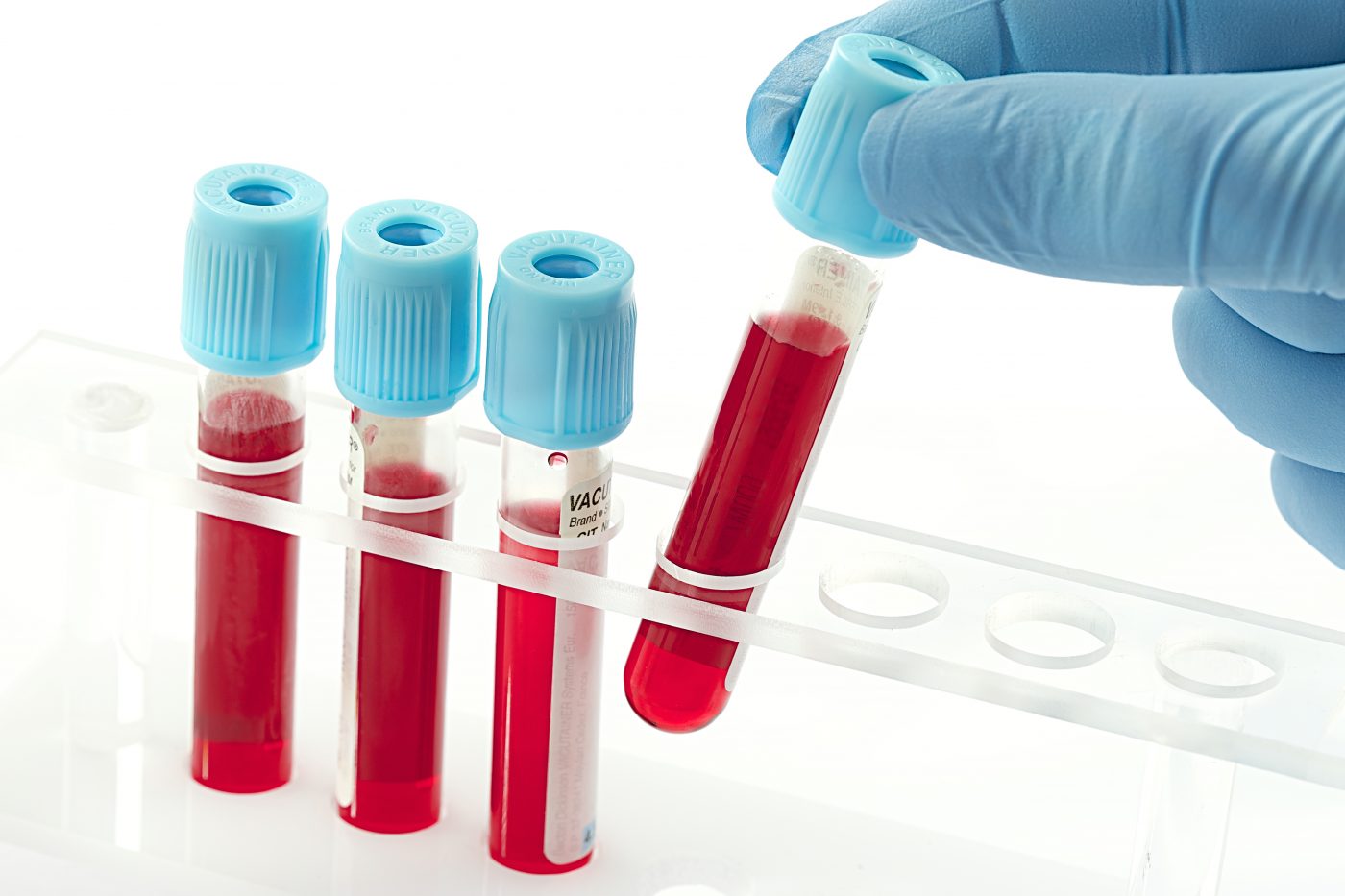Alterations in White Blood Cell Levels in Lupus May Offer Clue to Underlying Mechanisms, Study Suggests

Levels of distinct immune cells, including certain monocyte subsets, are altered in systemic lupus erythematosus (SLE) patients, research from China indicates.
The new study, “Upregulation of CD16- monocyte subsets in systemic lupus erythematous patients,” appeared in the journal Clinical Rheumatology.
The research was led by Yongzhe Li from the Chinese Academy of Medical Sciences and Peking Union Medical College, and the Key Laboratory of Rheumatology and Clinical Immunology of the Ministry of Education in Beijing, China.
Lupus is an autoimmune disorder involving multiple components of the immune system. Blood monocytes are key players in the innate immune system, and have been shown to play a role in lupus development.
Monocytes present diverse subtypes, including CD16-positive and CD16-negative monocytes. While the first produces large quantities of pro-inflammatory molecules, which activate other immune cells, CD16-negative monocytes have the ability to ingest other cells or particles.
The ability to “eat” other cells is commonly impaired in lupus, but the changes in total monocytes and in CD16-positive and negative subsets in lupus patients has been inconsistent. This is likely due to differences in enrollment criteria, variations in study design, and sample sizes.
To address this matter, the scientists used a method that enables automatic counting of diverse types of blood cells (WBC). They examined 61 lupus patients, who were then compared with 203 age-matched healthy controls.
The results showed that the levels of total monocytes and CD16-negative monocytes were increased in lupus patients. Conversely, levels of CD16-positive monocytes were not different in patients when compared to controls.
Importantly, the scientists observed that the percentage of CD16-negative monocytes and total monocytes was different in active lupus and clinically quiescent (inactive) lupus. Also, increased levels of CD16- monocytes and total monocytes were found in patients with lupus nephritis (kidney inflammation caused by lupus) compared to healthy controls.
But the study did not find any differences in monocyte subsets that could be used to distinguish lupus patients with or without lupus nephritis. This suggests that “monocytes and their subsets are not a sensitive marker for renal involvement of SLE patients,” the team wrote.
Because immunosuppressants, which are commonly prescribed for lupus patients, affect the proportion and activity of immune cells, they could affect the results of such studies. Therefore, the authors note that future studies should address how these therapies affect the subsets of immune cells in lupus patients.
Overall, “we demonstrated for the first time that distinct [white blood cell] subsets are differentially regulated in Chinese SLE,” the researchers concluded. “This study supports the significance of … monocytes in SLE development and paves the way for future studies in SLE.”





